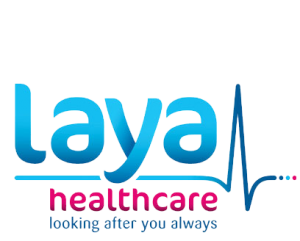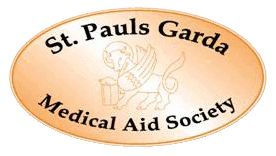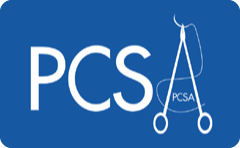Warts
Warts are tumours or growths of the skin caused by infection with Human Papillomavirus (HPV). More than 70 HPV subtypes are known. Warts are particularly common in childhood and are spread by direct contact or autoinocculation. This means if a wart is scratched, the viral particles may be spread to another area of skin. It may take as long as twelve months for the wart to first appear.
 Download this information as a PDF
Download this information as a PDF
Warts are harmless but can be unsightly and occasionally painful in children. Most children will develop warts at some stage in childhood and although their parents may not like the look of the warts, children are rarely bothered about warts. Warts are due to a strain of the HPV virus, (Human Papilloma Virus) which is harmless but can be contagious.
 Download this information as a PDF
Download this information as a PDF
Warts are harmless but can be unsightly and occasionally painful in children. Most children will develop warts at some stage in childhood and although their parents may not like the look of the warts, children are rarely bothered about warts. Warts are due to a strain of the HPV virus, (Human Papilloma Virus) which is harmless but can be contagious.
 Download this information as a PDF
Download this information as a PDF
Warts are tumours or growths of the skin caused by infection with Human Papillomavirus (HPV). More than 70 HPV subtypes are known. Warts are particularly common in childhood and are spread by direct contact or autoinocculation. This means if a wart is scratched, the viral particles may be spread to another area of skin. It may take as long as twelve months for the wart to first appear.
 Download this information as a PDF
Download this information as a PDF
Although now we know that warts are caused by a virus and are therefore contagious, there is still much to learn about the nature of the condition. Why is it, for example, that some people tend to contract warts more readily than others? And why do some warts disappear overnight for no apparent reason? Whatever the answer to these questions, it is clear than many people suffer pain and embarrassment because of their warts. Modern treatment can, when properly applied, go a long way towards alleviating the problem.
 Download this information as a PDF
Download this information as a PDF
CRYOSURGERY CLINIC
1. Liquid Nitrogen Cryosurgery is an extremely effective treatment for the destruction of unwanted tissues like verrucae, warts, certain types of skin cancers and other skin growths, with minimal scar formation. Occasionally, there may be residual discoloration in the treated area. This is usually temporary, but it can take several months for the normal skin colour to return.
2. Liquid Nitrogen is extremely cold (-1960 centigrade). Its application causes rapid freezing to produce an instant and intense frostbite, the extent of which can be accurately controlled. For larger lesions your doctor may use a topical or local anaesthetic (like a dental anaesthetic) to numb the area before treatment.
 Download this information as a PDF
Download this information as a PDF
Cryosurgery has a number of unique advantages that make it ideally suitable as a surgical modality in primary care.
- Suitable for a wide range of indications in primary care.
- Short treatment times.
- Little or no scarring.
- Low set up and running costs.
- Techniques are relatively easy to learn.
- Low incidence of side effects.
- Low risk of cross infection.
- Immunstimulation (cryoimmunization)
- Equipment highly portable.
 Download this information as a PDF
Download this information as a PDF
Genital warts are very common. They are caused by a virus, the human papillomavirus (HPV).
- There are at least 100 different types of HPV; at least 40 can infect the genital area.
- At least 75% of sexually active adults have been infected with at least one type of genital HPV at some time in their life.
- Most do not develop visible warts; the infection may show up on a cervical smear. This is known as subclinical infection.
- Visible genital warts are often easy to diagnose by their typical appearance. They are usually due to HPV Types 6 and 11.
- Some genital warts are often called squamous cell papilloma.














